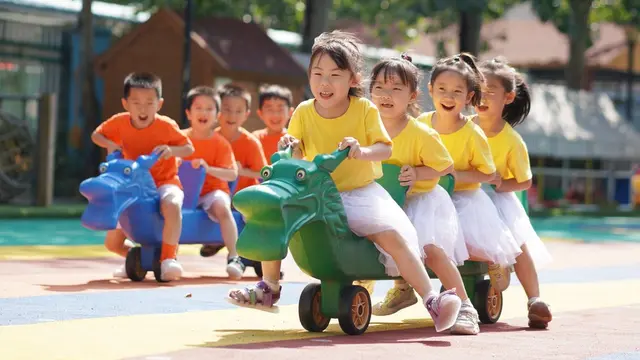In recent years, China has adopted a range of policies to raise fertility in response to persistent low fertility and rapid population ageing. However, there is a lack of evidence that these incentive measures could increase the fertility stably, as the fertility behavior depends on multiple factors. Therefore, an integrated policy package of "guidelines on further improving and implementing active fertility support measures" was jointly issued by 17 government departments in July, 2022.
China is facing the challenge of low fertility rate and rapid population ageing. According to the seventh census, the total fertility rate (TFR) of China in 2020 is 1.3 children per woman, which is much lower than the replacement fertility rate at 2.1. The proportion of the elderly aged 65 and above is 13.5 percent, which is expected to continue its growth in the following decades.
It is common practice for countries with a low fertility rate to pursue a positive fertility-supporting policy. United Nations' World Population Policies 2021 shows that almost all countries with TFR below 2.1 adopted one or more measures to raise fertility, such as paid or unpaid maternity and parental leave, publicly subsidized childcare, child or family allowances, flexible or part-time work hours for parents or tax credits for dependent children.
The released "guidelines on further improving and implementing active fertility support measures" provides more high-quality reproductive health services to satisfy the parents' desire of having a healthy baby. More public fund will be allocated to the maternal and child health institutions, child health clinics in primary medical institutions, and regional pediatric medical centers. Emphasis is also placed on health science popularization, especially improving the scientific parenting knowledge and skills of the family.
The guidelines provides more affordable childcare services for children under the age of three. A survey by China Population and Development Research Center indicated that 30 percent of the families with children under three preferred a childcare center, but the participation rate was about 5 percent. The government is expected to play a more important role in service providing, including investing in public centers and supporting the private sectors to provide universal beneficial services.
Besides, the guidelines guaranteed more high-quality educational resources are acquired. The government is committed to financial investment in preschool education, the balanced development of compulsory education, and lightening students' burden of homework and after-school tutoring.
Also, a fertility-friendly working environment can be created through the guidelines. There are evidences that measures helping balance work and family life are greatly beneficial for childbearing and childrearing. Measures such as maternity leave, flexible work arrangements, birth insurance and other benefits listed in the guidelines, can better help parents make balance between taking care of children and their work.
More measures could be found in the policy package, such as housing support for families with one or more children, tax credits for dependent children covering the children under three, financial support to agencies providing maternal and infant nursing, early childhood care and related consumer products.
It has been increasingly recognized that a fertility-friendly social environment is crucial for raising fertility. It is necessary to promote social values such as respect for fertility, respect for family, child first, and share of the responsibility of childcare.
Generally, the objective of the policy package is to promote long-term balanced population development. While it is recognized that rising of the fertility is difficult, the policy package should be evaluated and adjusted to changing population dynamics over time.
(CGTN)
 简体中文
简体中文

